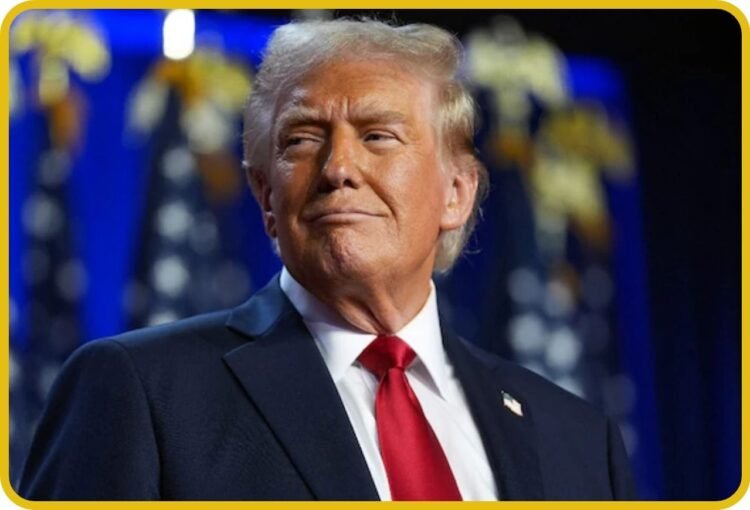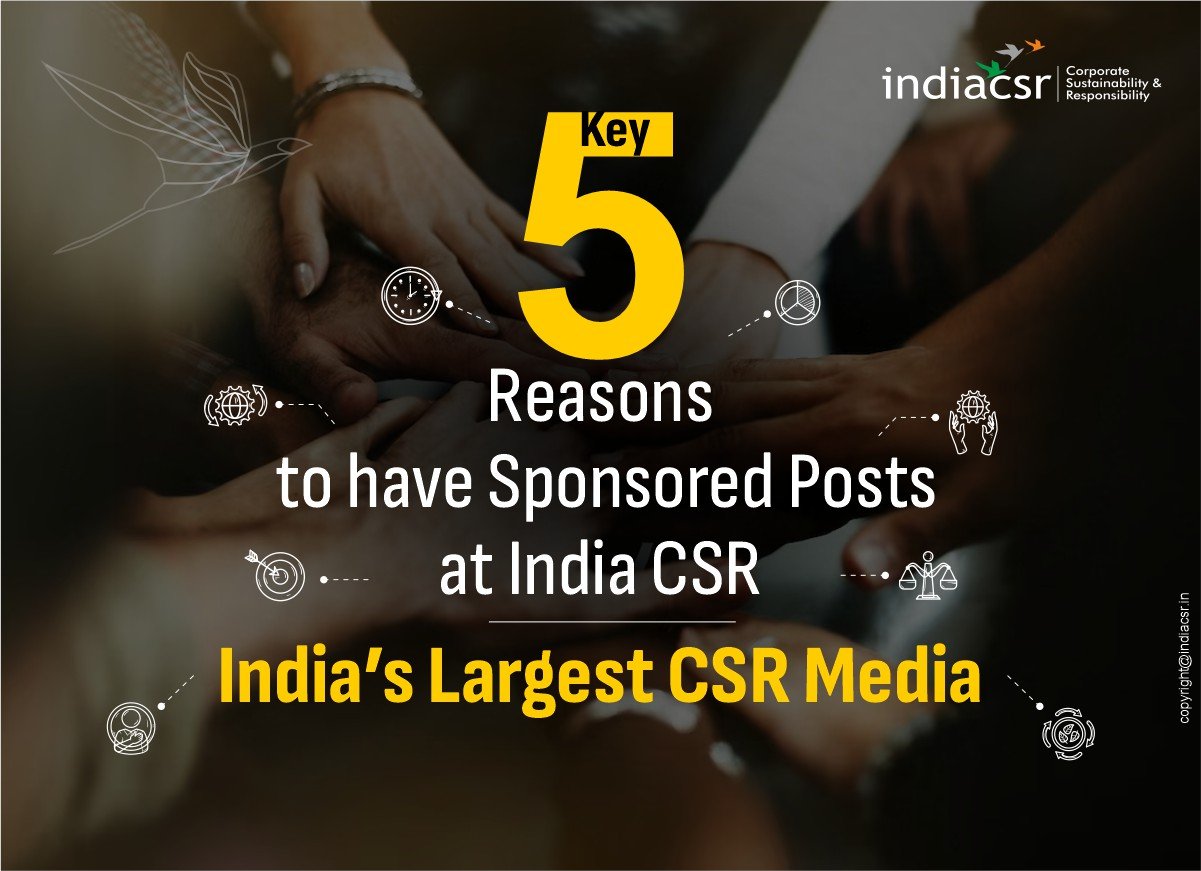Exploring the implications of these tariffs on India’s economy, key sectors, and ongoing trade negotiations, drawing on recent developments and expert analyses.
NEW DELHI (India CSR): In a move that has sent ripples through global trade, US President Donald Trump announced a 25% reciprocal tariff on Indian goods, effective August 1, 2025, alongside an unspecified penalty linked to India’s continued energy and military ties with Russia. This decision, part of Trump’s broader “Liberation Day” trade strategy, aims to address the US trade deficit and promote American manufacturing. For India, the world’s fifth-largest economy and a key US trading partner, these tariffs pose significant challenges but also highlight the resilience of its diversified economy.
Trump’s 25% tariffs on Indian goods, effective August 1, 2025, mark a critical juncture in India-US trade relations.
Background of the Tariffs
On April 2, 2025, Trump invoked the International Emergency Economic Powers Act (IEEPA) to declare a national emergency over the US’s persistent trade deficits, imposing a baseline 10% tariff on all countries, effective April 5, 2025. For nations like India, with which the US has significant trade imbalances, higher reciprocal tariffs were introduced. Initially set at 26% for India, the tariff was adjusted to 25% by August 1, 2025, with additional penalties threatened due to India’s purchase of Russian oil and military equipment. These measures reflect Trump’s strategy to pressure trading partners into reciprocal trade arrangements, with the US citing India’s high tariffs—averaging 17% compared to the US’s 3.3%—as a justification.
India, the US’s largest trading partner for goods, recorded a bilateral trade volume of $186 billion in FY 2024-25, with a $41 billion goods trade surplus in India’s favor. Key exports to the US include pharmaceuticals ($10.5 billion), electronics ($14.6 billion), gems and jewelry ($8.5 billion), and textiles, while imports include crude oil and defense equipment. The new tariffs, effective August 7, 2025, unless a trade deal is finalized, threaten to disrupt this dynamic.
***
Economic Impact on India
The 25% tariff, coupled with potential penalties, is expected to pose a headwind to India’s GDP growth, though the impact may be mitigated by India’s domestically oriented economy. Experts estimate a GDP reduction of 0.2–0.5% if the tariffs persist, with ratings agency Icra revising India’s FY 2025-26 growth forecast from 6.5% to 6.2%. The Reserve Bank of India (RBI) also cut its policy rate to 6% in response to growth concerns, signaling potential monetary easing to cushion the impact. However, India’s reliance on domestic consumption and diversified export markets—only 18% of its merchandise exports go to the US—limits the overall economic fallout compared to more trade-dependent nations like Vietnam or China.
The Indian stock market experienced immediate volatility, with the BSE Sensex dropping over 500 points and the Nifty50 falling below 24,750 on July 31, 2025. The rupee weakened to 85.69 against the dollar, reflecting investor concerns. Despite this, analysts from firms like Emkay and Geojit suggest that India’s market resilience, driven by strong domestic sectors like financials, technology, and consumer goods, will limit long-term damage. They recommend buying opportunities in these sectors during market dips.
***
Key Sectors Affected
The tariffs target a wide range of Indian exports, with significant implications for labor-intensive and export-heavy industries. Below are the most affected sectors:
- Gems and Jewelry: This sector, contributing $10 billion annually to US exports, faces tariffs rising from 5–13.5% to 30–38.5%. The Gem and Jewellery Export Promotion Council warns that higher costs could disrupt supply chains, delay shipments, and threaten livelihoods, particularly for small-scale artisans.
- Textiles and Apparel: With current tariffs of 6–9%, the new 25% duty pushes total tariffs to 31–34%. Labor-intensive goods like garments and handicrafts may lose competitiveness, as US buyers pivot to countries like Bangladesh (20% tariff) or Vietnam (20%), where duties are lower.
- Automobiles and Auto Parts: The 25% tariff on autos and parts, effective since April 2, 2025, adds to existing duties, impacting $2.8 billion in exports. Indian manufacturers supplying US dealerships face higher production costs and potential supply chain disruptions.
- Food and Agriculture: Tariffs on agricultural goods will rise to 29–30% from 14–15%, affecting products like marine products and processed foods. India’s reluctance to open its agriculture and dairy sectors to US imports remains a sticking point in trade talks.
- Pharmaceuticals and Electronics: These sectors, worth $10.5 billion and $14.6 billion respectively, remain exempt from the August tariffs, providing temporary relief. However, Trump’s July 9, 2025, warning of potential 200% duties on pharmaceuticals by mid-2026 raises concerns for India’s drug exporters.
Sectors like IT and services, including major firms like TCS and Infosys, are largely unaffected, as the tariffs focus on goods, not services. This distinction provides a buffer, as services constitute a significant portion of India’s US trade surplus.
***
Trade Negotiations and India’s Response
India and the US have been negotiating a bilateral trade agreement since March 2025, with the first phase targeted for completion by fall 2025. Despite five rounds of talks, disagreements over agriculture, dairy, and genetically modified crops have stalled progress. India has made concessions, reducing tariffs on US goods like bourbon whiskey and motorcycles, and offering duty cuts on $23 billion of US imports. However, the US demands broader market access and fewer non-tariff barriers, which India resists to protect its farmers and MSMEs.
Commerce Minister Piyush Goyal emphasized that India will prioritize national interests, stating, “The government attaches the utmost importance to protecting and promoting the welfare of our farmers, entrepreneurs, and MSMEs.” India is assessing the tariffs’ impact and preparing for the next negotiation round in late August 2025, when a US delegation is expected in New Delhi. Analysts from Nomura and Morgan Stanley suggest that a deal could lower tariffs to 15–20%, aligning with agreements secured by the EU and South Korea.
India’s non-confrontational stance contrasts with its 2019 retaliation during Trump’s first term. Instead of imposing retaliatory tariffs, India is diversifying export markets, targeting Asia, Europe, and the Middle East, and enhancing value addition to offset losses. The government is also engaging local manufacturers to address non-tariff barriers in the US market.
***
Geopolitical Context
The additional penalty tied to India’s Russian trade reflects broader geopolitical tensions. Trump’s administration views India’s oil and arms purchases from Russia as undermining sanctions against Moscow amid the Ukraine conflict. This stance is echoed by a proposed US Senate bill, introduced by Senator Lindsey Graham in July 2025, suggesting tariffs up to 500% on countries trading with Russia. India’s strategic autonomy, balancing ties with the US and Russia, complicates negotiations, with the Iranian Embassy criticizing the US for “weaponizing the economy” against independent nations.
***
Long-Term Implications
While the tariffs pose near-term challenges, India’s economic resilience and strategic trade policies may mitigate their impact. The SBI Research report projects a modest 3–3.5% reduction in exports, offset by India’s diversified markets and focus on domestic growth. Long-term, the tariffs could accelerate India’s economic reforms, encouraging lower tariffs (from 12.28% in 2023) and greater integration into global supply chains. However, failure to secure a favorable trade deal could shift US contracts to competitors like Vietnam, impacting India’s ambition to grow bilateral trade to $500 billion by 2030.
***
(India CSR)


























